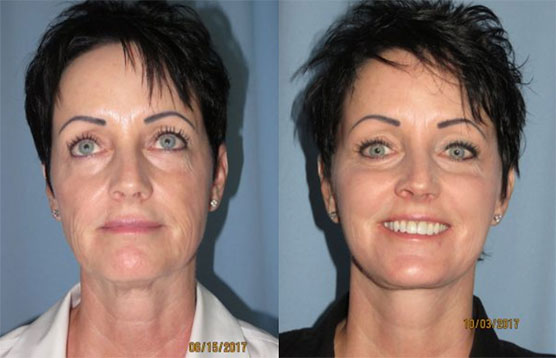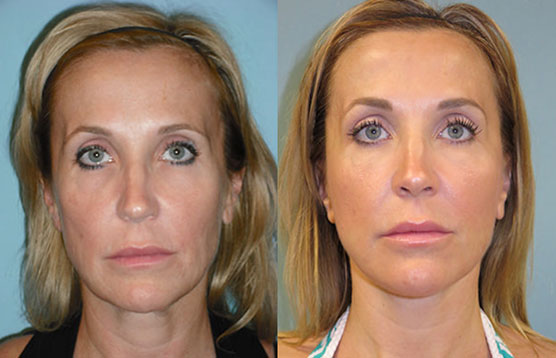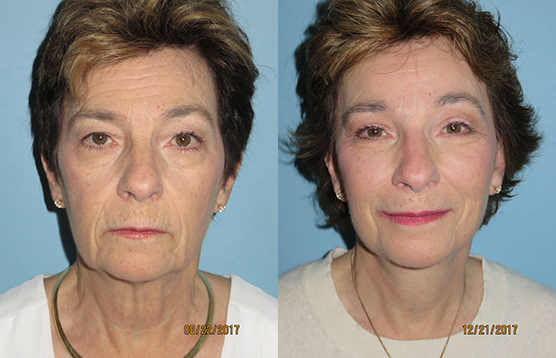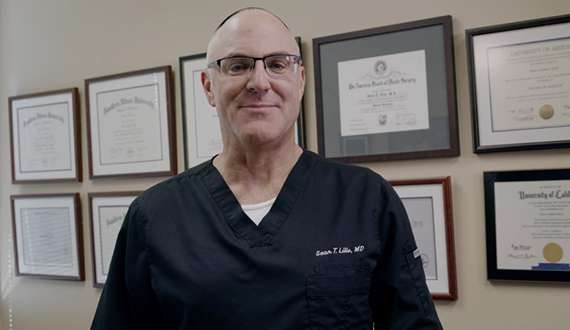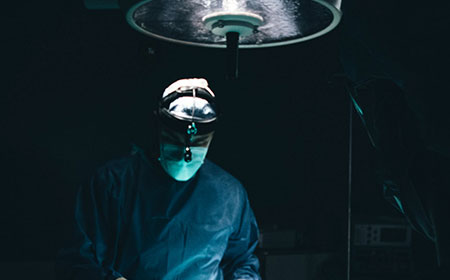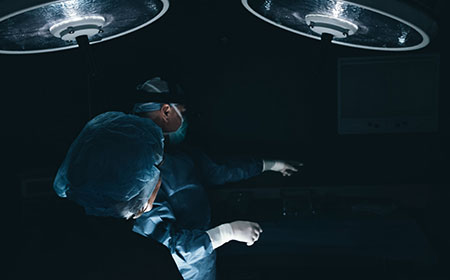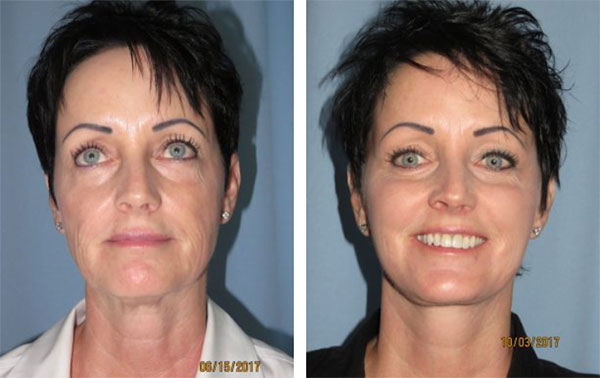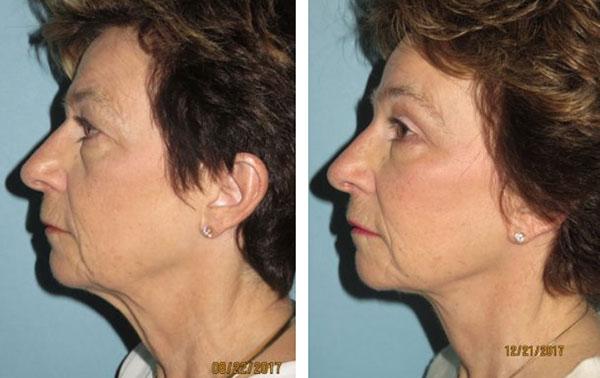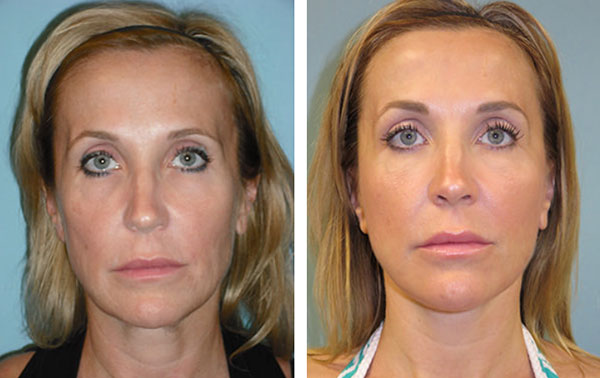Q: How many years can I expect a face lift to turn back the clock?
A: Results vary depending upon the age of the individual as well as the advancement of the aging signs, but generally speaking, a facelift can turn back the clock as much as 7-15 years.
Ancillary procedures such as fat grafting to areas of facial tissue loss, eyelid lifts, brow lifts and laser skin resurfacing can be added if required which can turn back the clock even more. Despite reversing the clock, the clock keeps on ticking and aging continues, but regardless after ten years the patient will still be ahead if nothing was done at all.
Q: How long does a facelift last?
A: The duration of the result of a facelift can vary between patients. The patient’s lifestyle, genetics, the number of facial aged signs on presentation along with the patient’s age, can all affect the longevity of a facelift. In general, the neck, brows and eyes require rejuvenation anywhere from 7-12 years. The jowling area and the cheek, unless fat grafts are placed, may need a mini tuck anywhere from a year to two years to maintain the original look. Overall, a patient should expect to do a complete secondary facial surgery anywhere after 7-12 years following the initial procedure.
Q: What is the recovery of the facelift?
A: Patients having facelifts usually require two weeks before returning to a desk job. After two weeks, they are able to wear makeup and all sutures are removed. Some patients require an overnight stay if blood pressure is an issue pre operatively and ancillary procedures are performing pushing the operating time to over five hours. Gym activities are not commenced for three weeks after the surgery. The vast majority of swelling is resolved at two to three months.
Q: What are the risk factors from a facelift?
A: Risk factors include bleeding, infection, scarring, loss of sensitivity and facial nerve paralysis, along with wound breakdown, skin loss, contour irregularities and damage to deep underlying structures. Dr. Lille has had very successful outcome with his many procedures with an overall complication rate of less than ½ percent.
Q: Are any bandages required for a facelift?
A: Bandages are removed the first day following surgery. A light chin strap will be applied and worn the majority of the time during the following 1-2 weeks.
Q: When are the suture removed?
A: Half the sutures are removed the first week and the remainder removed ten to twelve days following the procedure.
Q: Will I look different after the surgery?
A: Dr. Lille aims to perform a very natural facelift. To obtain a natural facelift one must be able to respect the inherent characteristics of the patient’s skin and their underlying tissues. Deep tissues and skin must be treated separately and pulled in different vectors in order to obtain a natural result. They cannot be treated and pulled as one single unit obtaining the wind tunnel look. In additional, tension must be appropriately applied. With Dr. Lille’s extensive experience with facelifts, skin incisions and tension are appropriately placed, allowing the minutest scar without disturbance to facial landmarks.
Q: Where are the scars placed for the facelift?
A: Dr. Lille places his scars behind the hairline in the temporal region extending down to the inner part of the ear hugging the earlobe, going behind the ear and back into the hairline.
Q: What is it like after the procedure?
A: Light pain medications are given to help ease any discomfort. Although it is unusual to have any pain following a facelift, there will be a feeling of being uncomfortable with a “tightness” sensation around the neck. Antibiotics and sleeping aids are given following the surgery. If a perioral laser is performed at the same time as the facelift, antiviral medications are started the day before the procedure.
Q: What do I need to do to prepare for the surgery?
A: Make sure you have refrained from taking any substances that can thin out the blood like aspirin, Ibuprofen, Aleve, Advil and other similar medications. Bleeding complications or excessive bruising can result. Also, it is best to refrain from naturopathic substances that have excessive vitamin E/C or contain glucosamines. A list of refrained medications will be given during the initial clinic visit. Also, if the patient is older than 45 or has concurrent medical issues, a medical clearance test from your primary medical doctor may be required. In some cases, depending on certain factors associated with the patient, only tests without seeing the primary doctor can suffice.
Q: What is the process if I want to schedule surgery after the initial consult?
A: After the initial consult, a surgery date that is convenient to the patient along with a another clinic appointment to go over pre-operative issues such as medication list, obtaining photos, consents, along with pre-op and post op instruction direction documents.
Q: Is smoking harmful for facelift surgeries?
A: Tobacco ingestion either with smoking or chewing has shown in studies to significantly increase the risk for wound complications and skin death. A 6 week cessation before the surgery should be effective in significantly reducing this risk.
Q: What types of anesthesia are available?
A: Dr. Lille likes to use only general anesthesia. However, in mini facelift procedures, a sedative administered anesthesia can be used. All anesthesiologists are board-certified.
Q: How much does a facelift cost?
A: Because a facelift is a purely cosmetic procedure, its cost is not covered by health insurance providers. The price of a rhytidectomy is determined based on factors like the techniques used, the time needed to perform the procedure, and the anesthesia administered.
